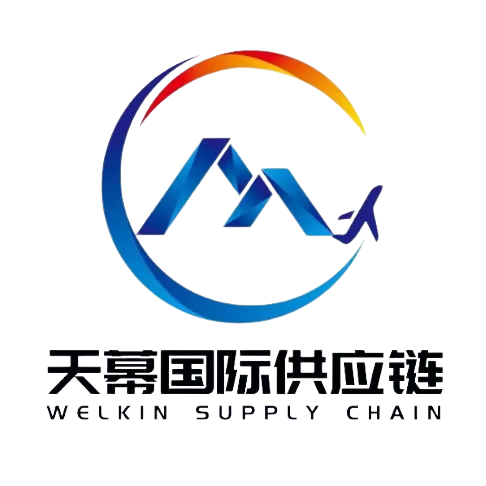Information submitted for customs clearance of imported frozen products from abroad.
On the import of various types of frozen products from abroad, in the import customs clearance links, in addition to customs clearance review and payment of taxes this link is very important, the inspection that the commodity inspection department (now merged with the Customs) inspection is also crucial, after the submission of relevant inspection information (i.e., the official certificate of origin, health certificates, inspection and quarantine certificates, import permits, packing lists, invoices, contracts, etc.), port inspection and quarantine agencies according to imported meat Product inspection and quarantine results to make the following results processing.
(A) qualified by inspection and quarantine, the issuance of "proof of entry inspection and quarantine of goods," approved for production, processing, sales and use.
(B) by the inspection and quarantine failed, the issuance of inspection and quarantine notice of treatment. One of the following circumstances, for the return or destruction of treatment.
1, no valid import quarantine permit for animals and plants.
2, no official agency of the exporting country or region issued by the relevant certificate.
3, no access to registered producers of imported meat products.
4, involving personal safety, health and environmental protection projects failed.
(C) by the inspection and quarantine, involving personal safety, health and environmental protection projects other than unqualified, can be technically processed under the supervision of the inspection and quarantine agencies, qualified, before sale or use
Imported frozen food on the business license business scope what requirements.
Foreign trade companies and import and export companies can be the same scope of business, can reflect the enterprise has the right to import and export only in the business license to add a phrase: "engaged in the import and export of goods and technology business". Other business scope you can add according to their actual scope of business, as long as they do not involve the national restrictions on the industry can be added.
Qualifications required for imported food.
1. business license to operate food.
2. food circulation can be certified.
3. liquor need to provide liquor circulation license.
The main costs incurred for imported food are as follows.
1. foreign local pick-up fees, port fees, customs clearance fees.
2. international air freight or sea freight.
3. insurance fees (if required on insurance).
4. the cost of customs clearance at the port of arrival, etc.
5. food to the legal inspection and legal inspection fees.
6. import to do labeling and labeling fees.
7. specific may also produce a lot of port miscellaneous costs.
8. agency fees and service charges of the agency.
9. taxes and value of goods.
Imported food procedures required for.
1. If it is the first import, the port of delivery must be the Commodity Inspection Bureau to do the consignee import record.
2. Do Chinese labeling for the record, because food products imported must be labeled in Chinese.
The above two steps can be done before the arrival of the goods in the port.
3. Prepare the relevant customs clearance information, the goods arrive at the port to start to declare to the customs.
4. After customs clearance, with the tax bill to pay taxes.
5. Customs release, into the customs supervision warehouse sampling.
6. Inspection and quarantine, qualified to issue a health certificate.
Food import before the need to provide proof / permit documents.
1. official certificate of origin.
2. official health certificate of the country of production.
3. the list of ingredients of the producer.
4. manufacturer's product inspection report.
5. proof of registration and approval of the product for sale in its country (region).
6. a sample of the original packaging label, three copies of the sample label in English and Chinese.
7. the need to quarantine the producer's official quarantine certificate.
8. service fee and agency fee of the freight forwarding company.
Seafood import tariff: fish: tariff 12%, VAT: 13%; shrimp: tariff: 15%, VAT: 13%; crab: tariff 14%, VAT: 13%.
 ch
ch English
English





